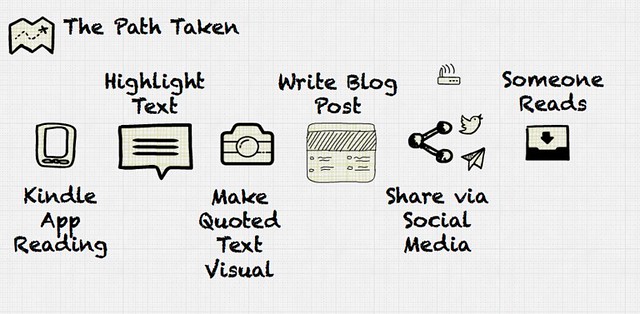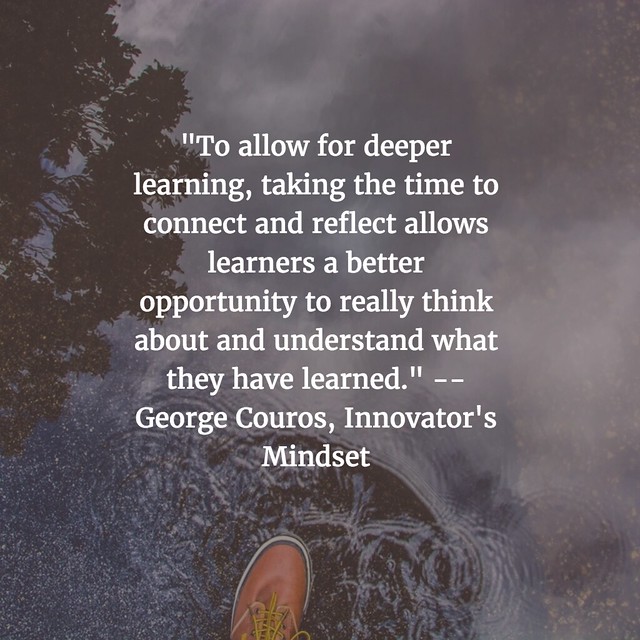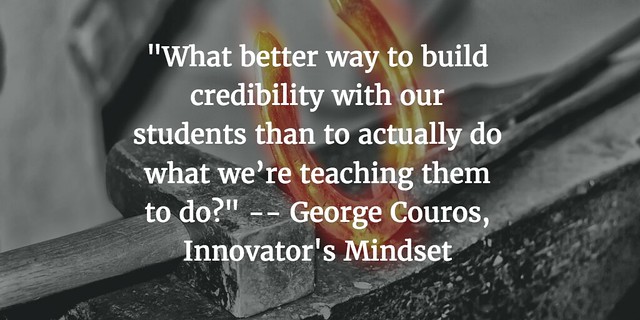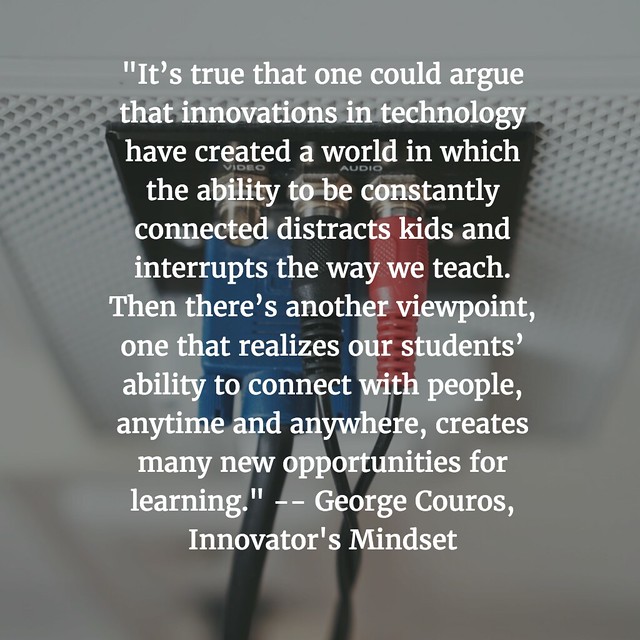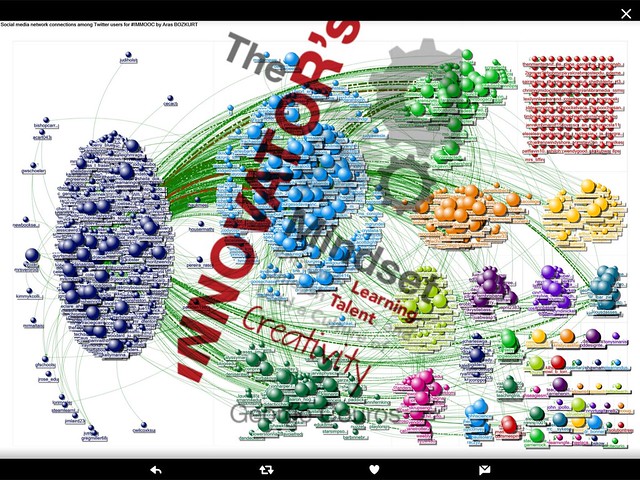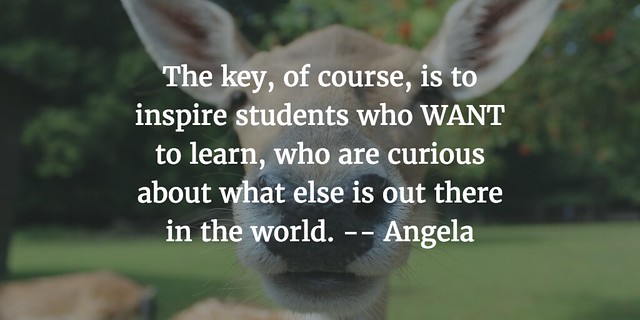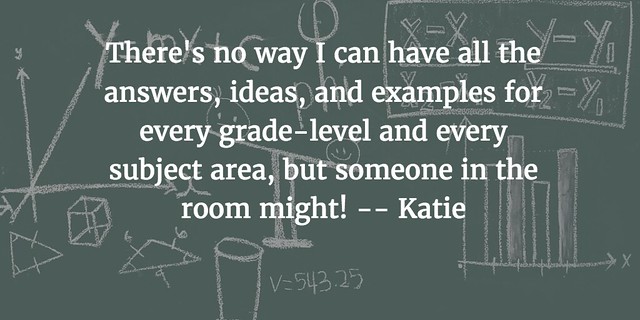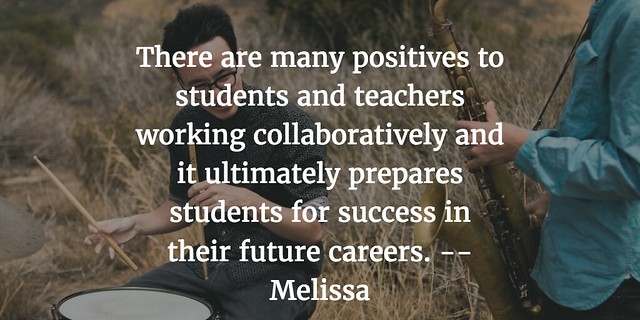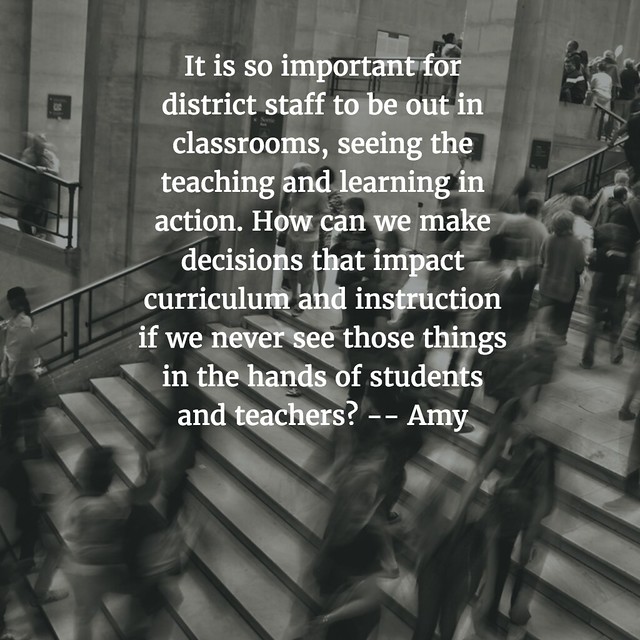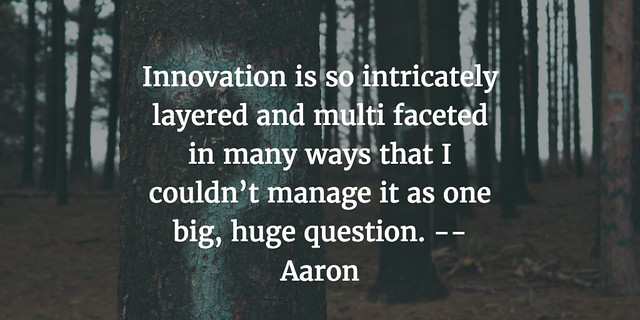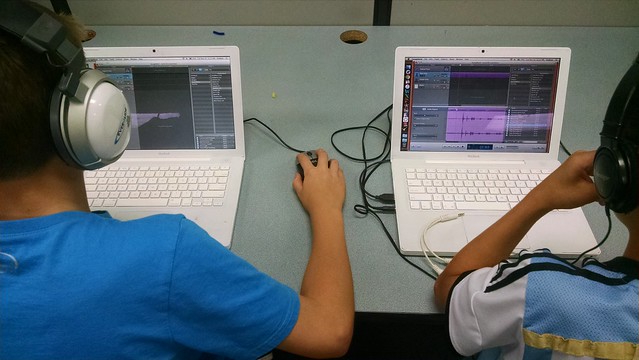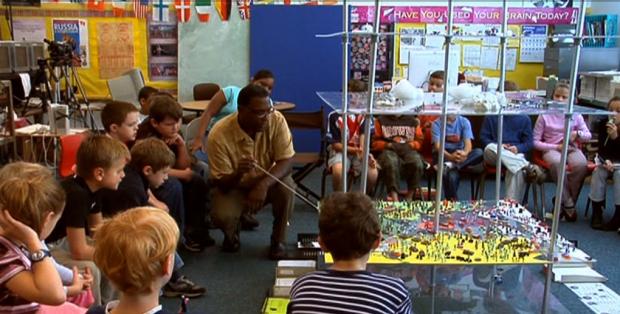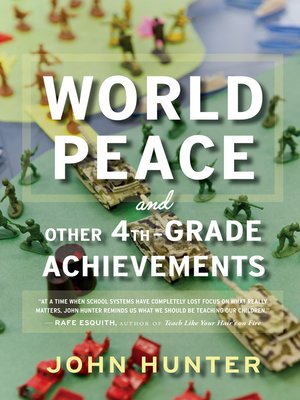
I didn’t realize it at the time, but my reading of The Innovator’s Mindset by George Couros became a “wicked slow read.” I don’t normally do “slow reads,” particularly with books about education. I zip. I devour. I readreadread. I write.
But since George was co-hosting the Innovator’s Mindset MOOC last fall (think of the IMOOC like a large book study, with the author co-leading discussions), I figured I would take my time with his book, which is fashioned for an audience of mostly school administrators (which I am not) on the theme of expanding notions of how to “innovate” schools for today’s students. “Taking my time” became nearly three months of reading one book.
The IMMOOC ended more than a few weeks ago (actually, the end took me by surprise .. I’m not sure why .. did I expect the MOOC to keep going? I blinked, and it was over) and it was some time before I now finished the book, on my Kindle app, and even more time to post this review (it was in my draft bin for a stretch).
My take?
I’m still juggling the jargon in the book and discussions. Words like “innovation” and “mindset” make my eyes go blurry. That said, George and IMOOOC co-facilitator Katie Martin tried to bring many people into the conversation about what it means to innovate our school system. That was helpful, even if some still slipped into edu-talk.
What is innovati0n? George defines it as “a way of thinking that creates something new and better” (which is still a bit too broad for my brain but I don’t have anything better to offer in replacement) and he wisely reminds readers that technology, while perhaps useful, is not a defining factor in innovative thinking.
The Innovator’s Mindset book itself provides a solid number of stories of schools, administrators and teachers pushing against the constraints of our school system constraints, and George writes in a very positive, upbeat manner — giving readers the push they need to take chances on ideas and, in an important stance, to support teachers in the classrooms to try ideas to meet the needs of their students.

I appreciated how George taps into Sylvia Duckworth’s visual notes as a complement to his text — she really does an outstanding job visualizing ideas — and George’s move to make lists and bullet points will no doubt be helpful for harried school administrators. George weaves his own stories as an educator-turned-administrator into narratives of how change can happen, and how sometimes change doesn’t quite happen. That doesn’t mean we don’t keep trying.
If nothing else, the book reminds us of the drawbacks of being isolated — as a teacher or as an administrator — and not being supported by those with the means to make things happen. I refer to superintendents, curriculum coordinators and principals. Again and again, George tells his readers to find ways to make things happen, even on small scale. Celebrate each step. Reflect. Keep pushing forward.
Innovation doesn’t emerge suddenly — it’s a gradual shift forward, spurred and powered by a shared vision of how things might be. The Innovator’s Mindset book, and the accompanying IMMOOC that took place last fall, is another compass on the journey. It’s a read worth your time, particularly if you are a school administrator. Speaking as a teacher, I hope you dive in.
Peace (pages of it),
Kevin
